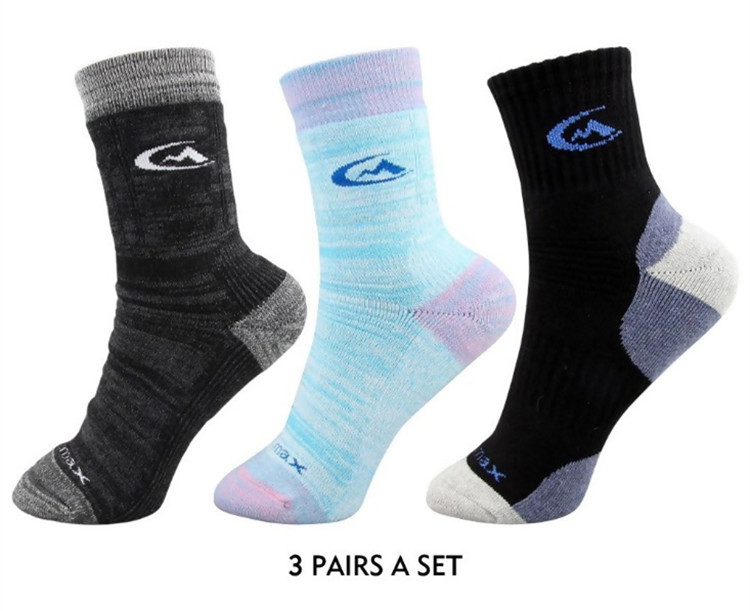
Socks can be used for Different purposes namely
Slipper Socks: These type of socks are used for spontaneous purposes.
Medical Socks: These type of Socks are used in the medical field. It is used for healing wounds, weight loss purpose and controlling diabetic.
Tube Socks: These are socks they’re longer in length, they have no heel and look like a tube. They are worn by athletes and can be worn casually.
Crew Socks/ Boot Sock/ Work Sock: These type of socks can cover your mid-calf and you can wear it straight-up, scrunched or cuffed. They are accessible in various textures or sizes “ribs” and may be altered as a boot sock or work sock by adding further cushioning and reinforcement for extra protection in heavy duty shoes.
Cuff Socks: These type of socks will cover your calf and ankle and might come in a single cuff. You can wear it for a longer period most especially with shorts & dresses. Furthermore, It has the ability to match all kinds of shoes.
Quarter Socks & Ankle Crew Socks: These type of socks will cover your foot up to your ankle and its best worn with casual & athletic shoes.
Lo Cut Socks / Low Cuff Sock / Footie Socks: These type of socks will cover your foot, it stops underneath the ankle. They’re popular in the hot weather and are sometimes embroidered with logo or stripes. They are best worn with casual & athletic shoes.
“No Show” Socks: These type of socks are concealed by a shoe for a “no socks” appearance. They’re prevalent in the hot weather.
Anti-Bacterial Socks: These type of socks are used to control the rapid growth of odor-causing microorganisms. Supports socks are manufactured from polyester and nylon, with more elastic and nylon fiber added to offer support to the foot and leg to reduce weariness.
Cushioned or Terry Socks: Terry textile is used to increase cushioning in socks. It’s mostly used in the foot of the sock and can be half or full terry around the sock.
Thermal Socks: These are used during winter, the raw materials used in manufacturing these type of socks are wool, heavy acrylic, blend of fibers or polypropylene.
What are the raw material used in manufacturing socks:
The quality of the raw material, construction and knitting type are the main parameters concerned with the performance and comfort of socks. In the socks manufacturing process, various fibers are used according to the client’s request and purpose. The Raw materials used for manufacturing socks are part of the following fiber varieties: Coolmax, Cotton, Nylon, Merino Wool, Polyester, Acrylic, Sulcool, Lycra, Elastic, Combed Yarn, Ring spun Yarn, Melange, Polypropylene, Twisted Yarn, Regenerated yarn and lots more
Conclusion
Before choosing the type of socks to put on, you have to consider the reason for wearing them in the first place. Athletic socks have different customized manufacturing technology when compared to sleeping or office socks.
Furthermore, you should wear dry and clean socks to stop foot contaminations. Regardless of the fabric used in producing a pair of custom socks, wet socks are known to always affect people’s feet negatively. Make sure you’re buying socks from the best china socks manufacturers.
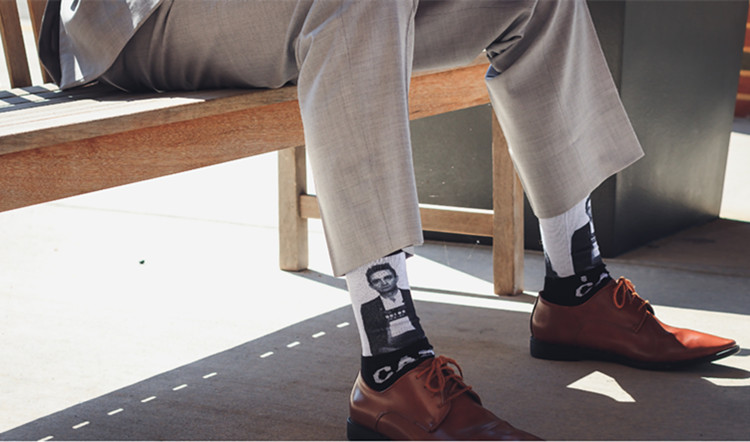

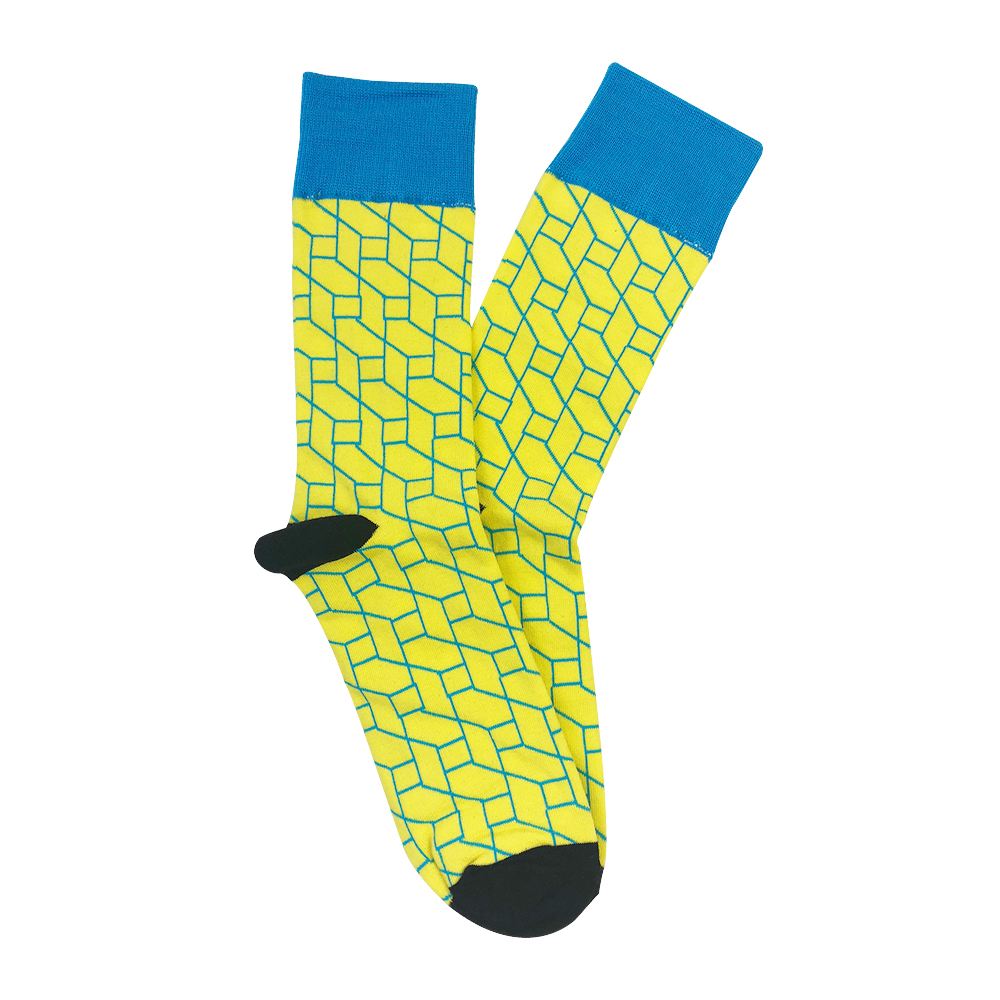
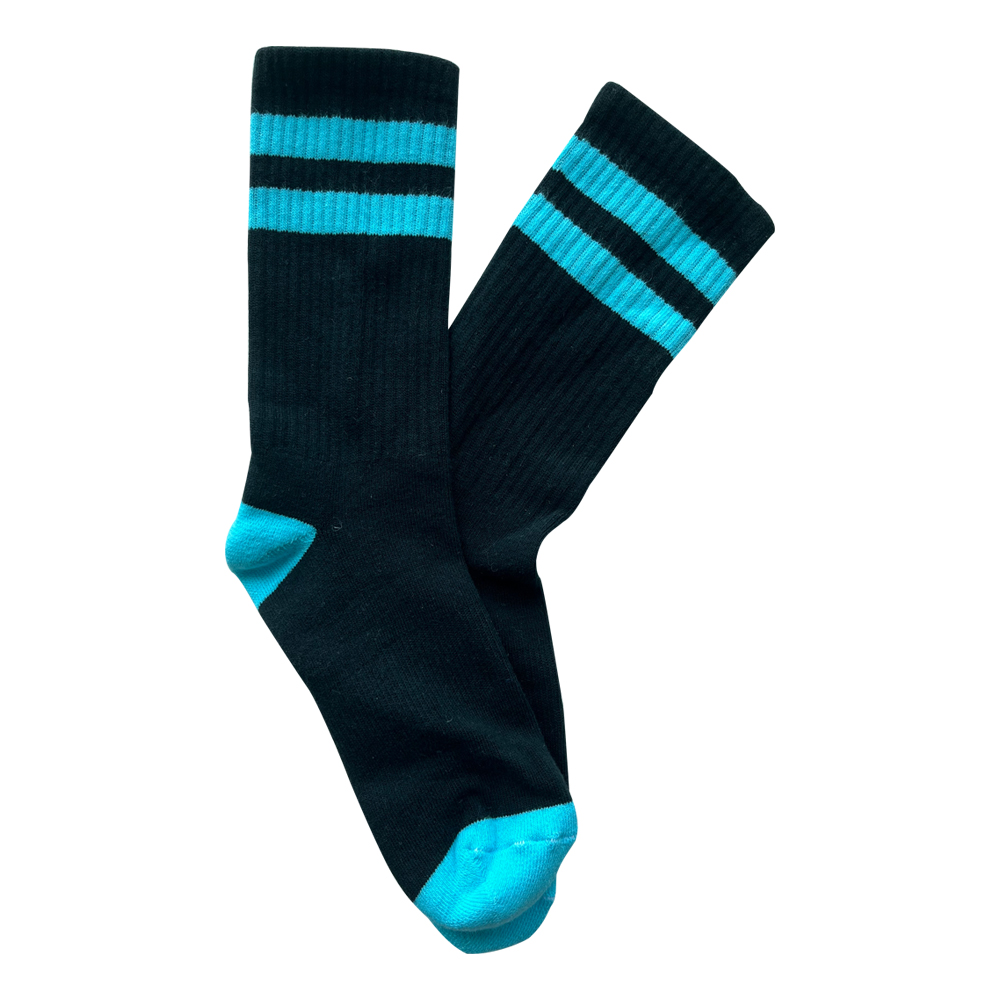
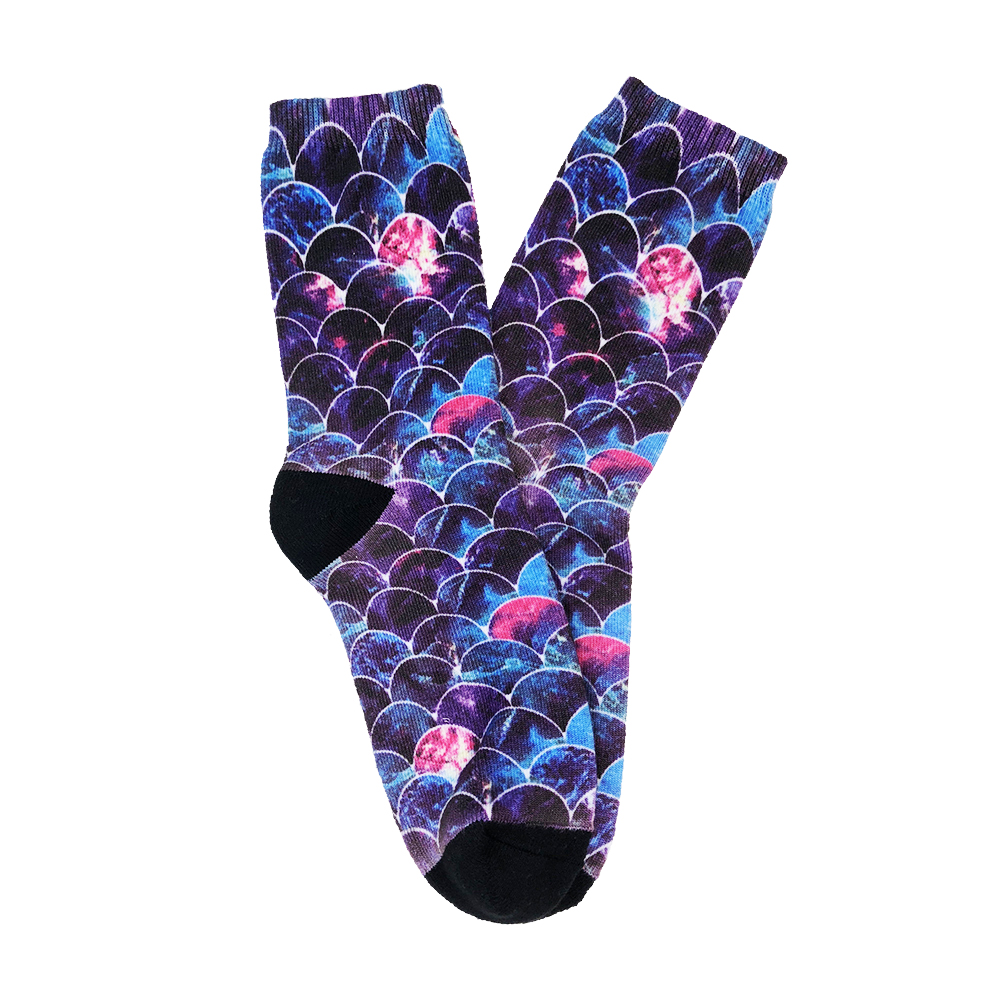
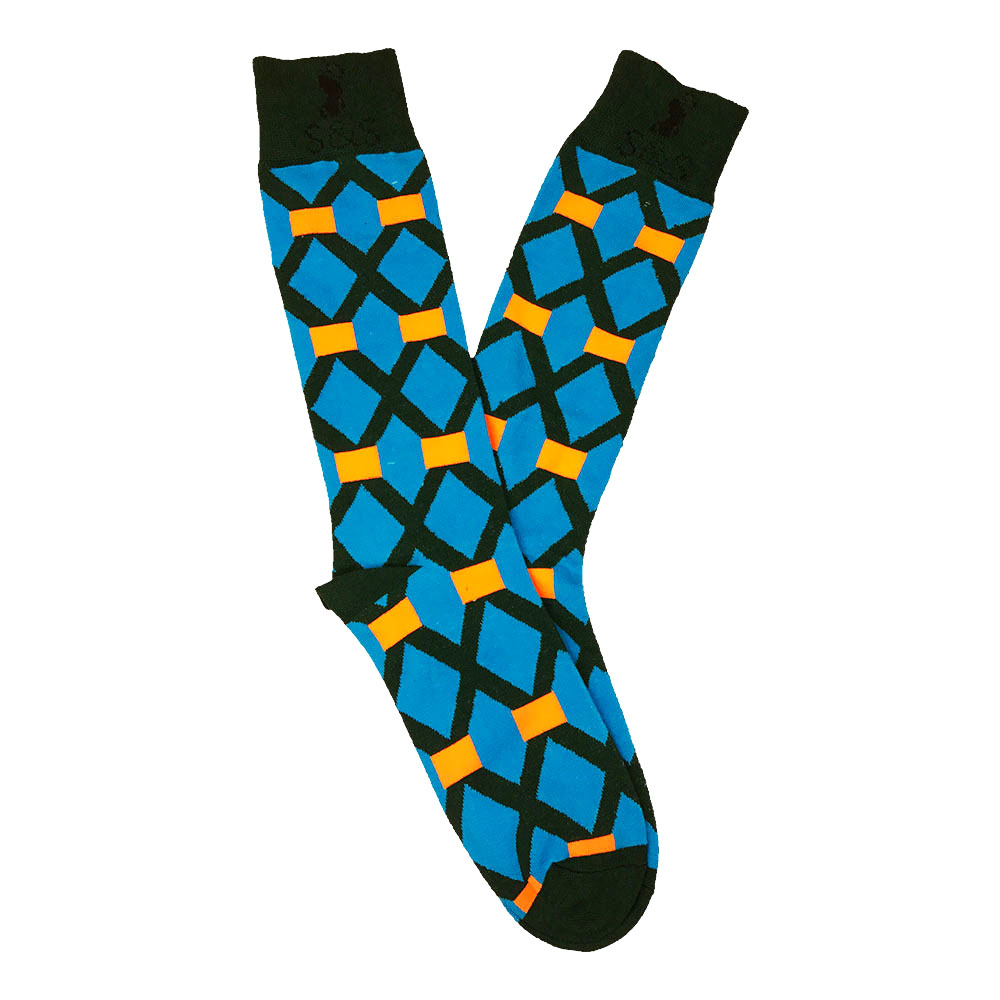
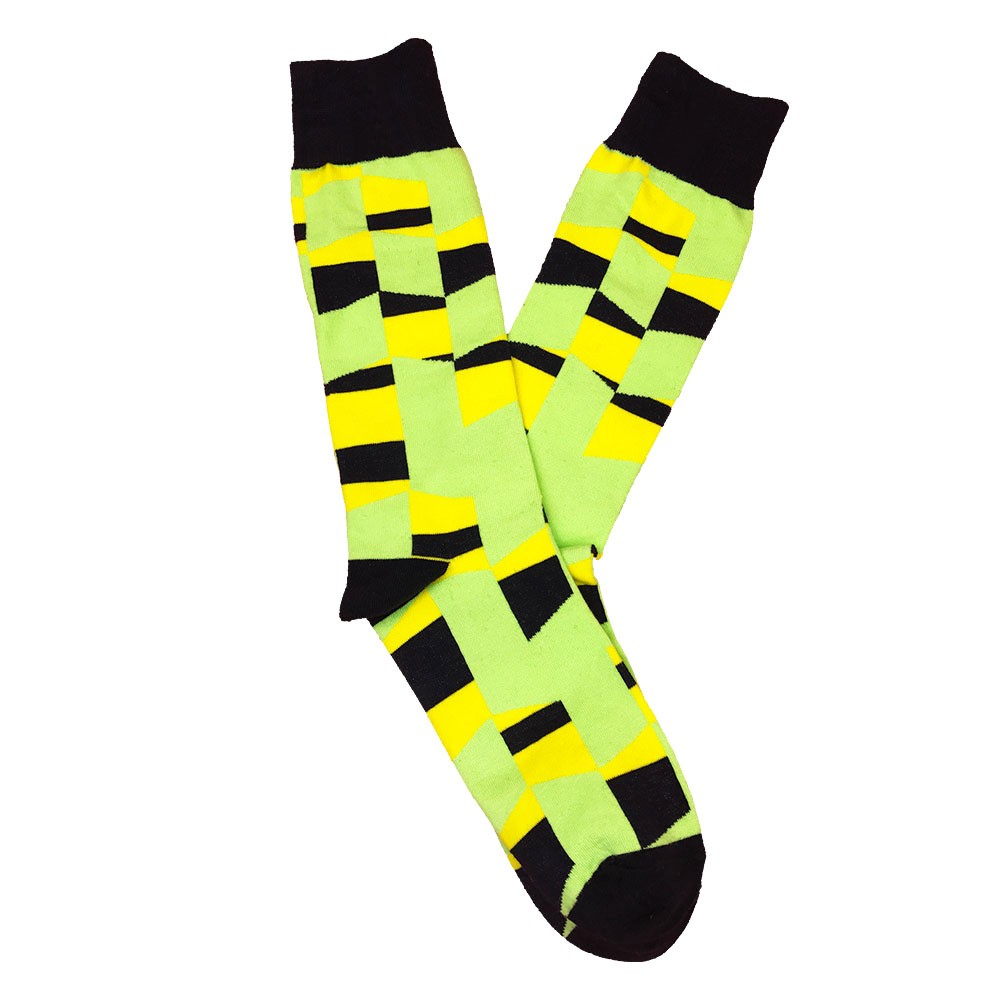
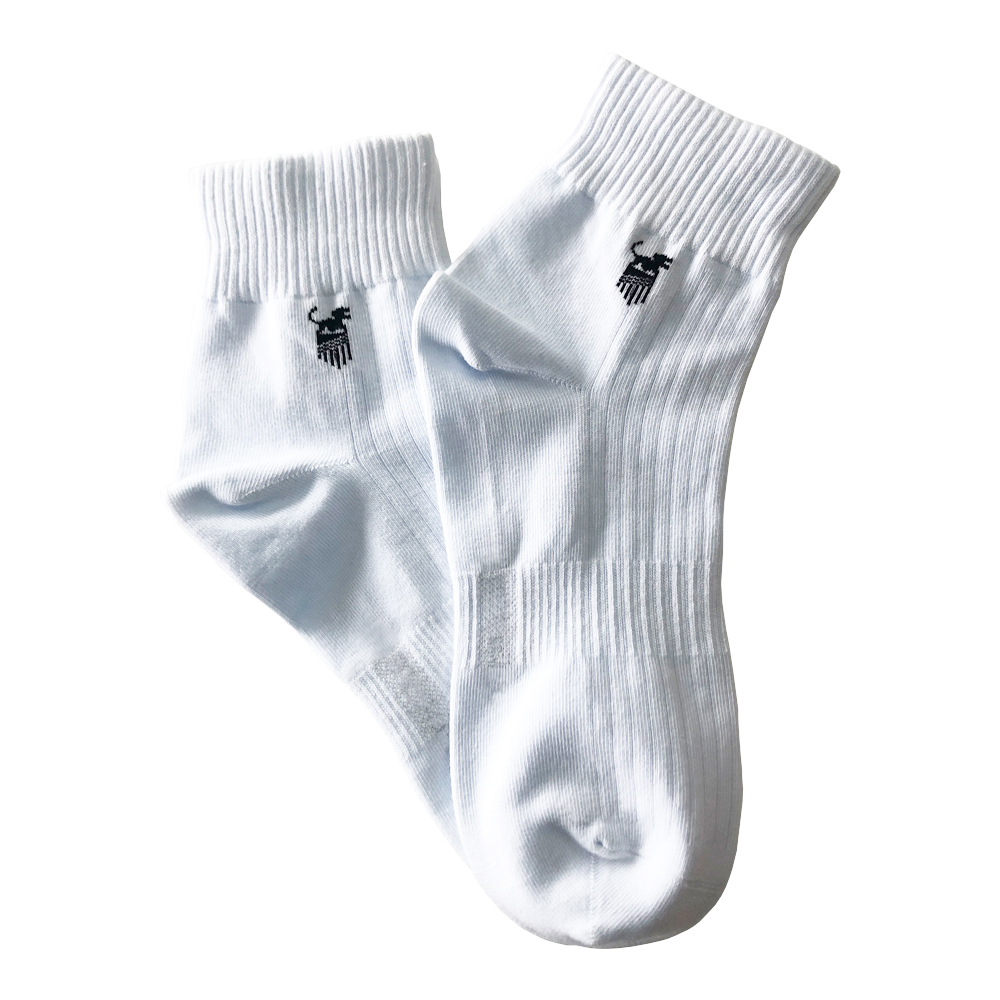
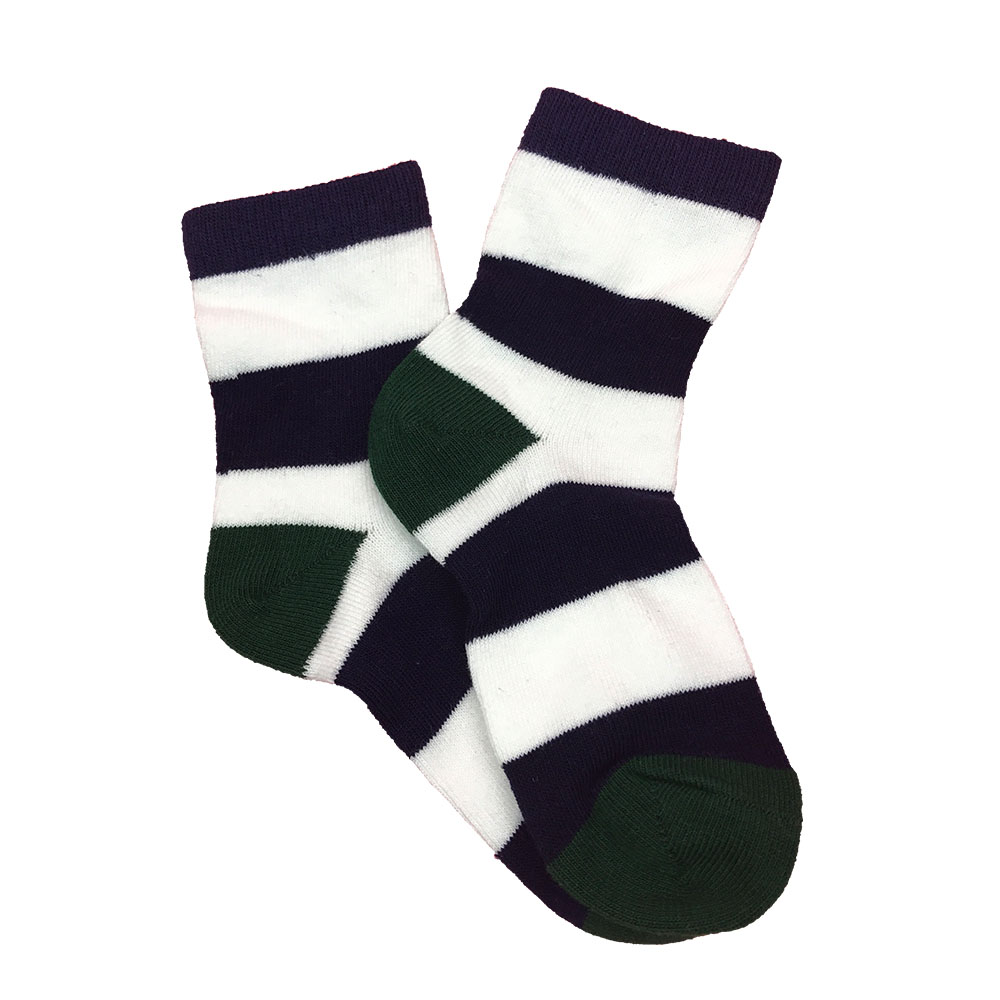
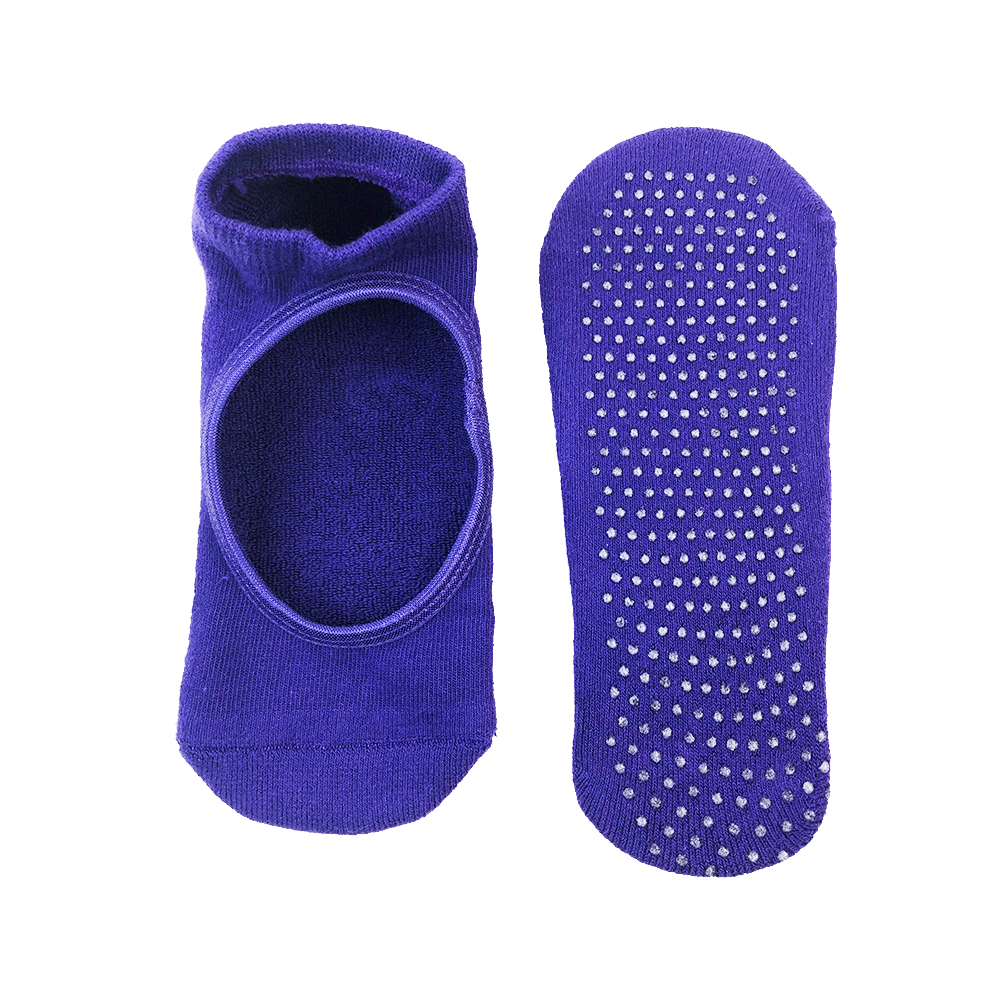
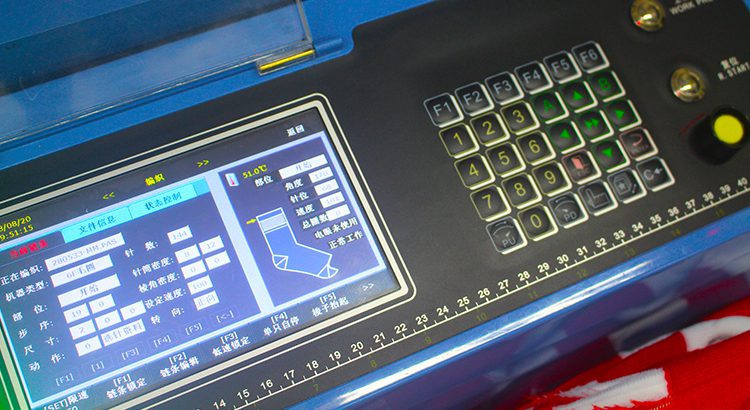
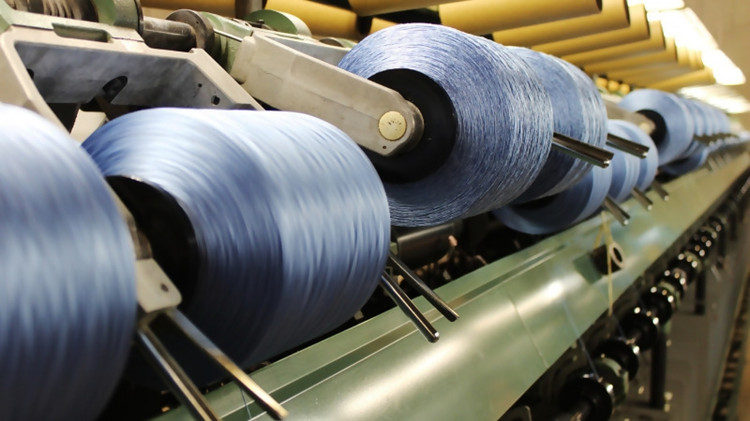
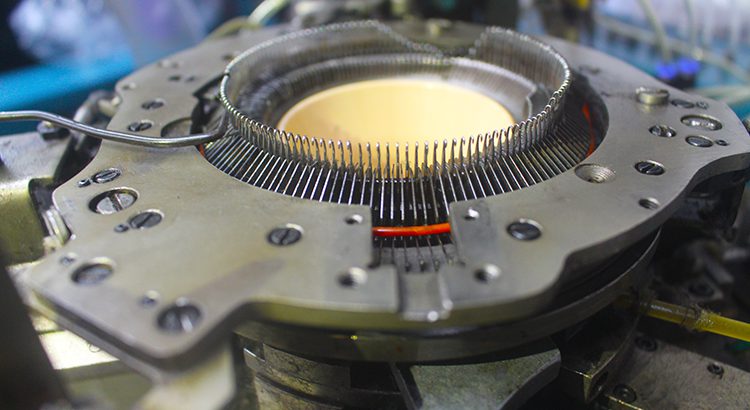
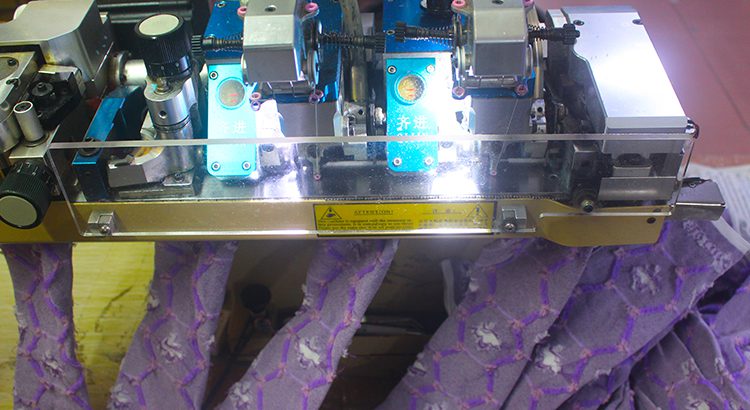
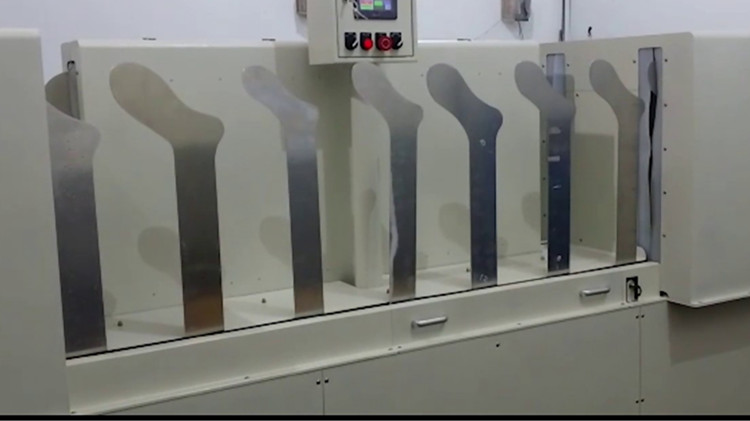
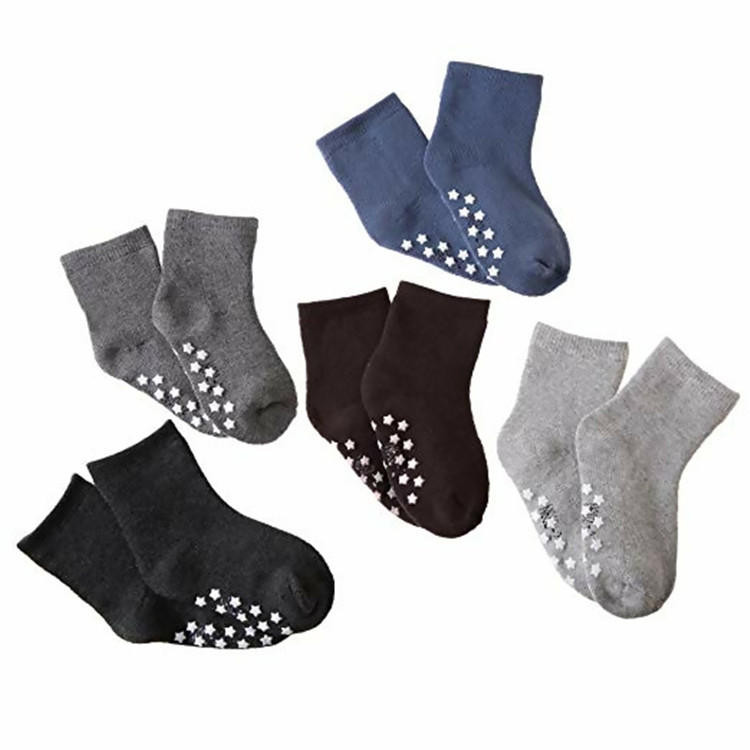

Comments are closed.